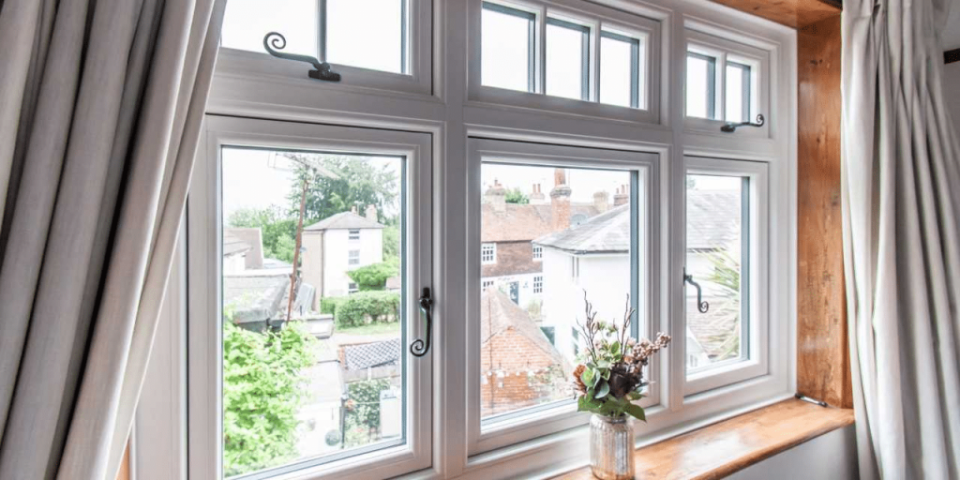When considering a Loft conversion near me Keynes many homeowners envision turning unused attic space into a functional and stylish area. The key to a successful transformation lies in creating a space that is not only visually appealing but also practical and cohesive. This article explores how to achieve this balance in interior design, focusing on practical solutions, functional layouts, and cohesive aesthetics.
Maximizing Practicality in Design
Practicality is the foundation of any successful interior design. In a loft conversion, this means making the most of every square foot. Here are some practical considerations to keep in mind:
1. Optimize Storage Solutions
Loft spaces often come with unique architectural features, such as sloping ceilings and limited wall space. To address this, incorporate built-in storage solutions that blend seamlessly with the design. Custom cabinetry, under-eave drawers, and floating shelves can provide ample storage without overwhelming the space. Consider multi-functional furniture, such as beds with storage drawers or benches that double as storage units.
2. Consider Lighting and Ventilation
Proper lighting and ventilation are crucial in any loft conversion. Natural light should be maximized to make the space feel open and airy. Install skylights or large windows to enhance daylight penetration. Additionally, invest in a mix of ambient, task, and accent lighting to ensure the space is well-lit throughout the day and night. For ventilation, ensure adequate airflow by installing ceiling fans or vents, which are essential for maintaining comfort in a loft.
3. Choose Durable Materials
Given that loft spaces are often subject to different environmental conditions, select materials that are durable and easy to maintain. For flooring, consider options like hardwood, laminate, or durable carpets that can withstand wear and tear. Wall finishes should be robust, with washable paints or high-quality wallpapers that can handle potential moisture and temperature fluctuations.
Designing for Functionality
Functionality ensures that the space serves its intended purpose effectively. When designing a loft conversion or any other interior space, keep these functional elements in mind:
1. Create Defined Zones
In an open loft space, it’s essential to create distinct zones for different activities. Use furniture placement, rugs, or room dividers to delineate areas for sleeping, working, and relaxing. For example, a partition or bookshelf can separate the sleeping area from a home office. This approach helps in maintaining a sense of order and prevents the space from feeling cluttered.
2. Focus on Ergonomics
Ergonomics plays a significant role in functionality. Ensure that furniture and fixtures are at comfortable heights and are easily accessible. For example, if the loft includes a workspace, invest in an ergonomic desk and chair. In the kitchen or bathroom areas, consider user-friendly layouts that make daily tasks more efficient. Adjustable shelving and accessible storage can enhance the overall usability of the space.
3. Incorporate Multi-Functional Furniture
To make the most of limited space, opt for multi-functional furniture that serves more than one purpose. Examples include sofa beds, extendable dining tables, and modular furniture that can be rearranged as needed. This flexibility allows the space to adapt to different needs and activities, making it more versatile.
Achieving a Cohesive Aesthetic
A cohesive aesthetic ties the entire space together, creating a unified look and feel. To achieve this, consider the following design principles:
1. Establish a Color Palette
Choosing a consistent color palette helps create a harmonious look throughout the space. Select a primary color and complementary shades that reflect the desired mood and style. For a loft conversion, lighter colors can make the space feel more open, while darker hues can add warmth and coziness. Incorporate the chosen colors through walls, furnishings, and accessories to ensure continuity.
2. Use Coordinated Materials and Textures
Coherence is also achieved through the careful selection of materials and textures. Match flooring with wall finishes and upholstery to create a seamless look. For instance, if you have hardwood floors, consider using similar wood tones for furniture or cabinetry. Textures such as textiles, rugs, and cushions should also complement each other, adding depth and interest without creating visual chaos.
3. Integrate Personal Touches
Personal touches make a space feel uniquely yours and can enhance the overall aesthetic. Incorporate artwork, family photos, or decorative items that reflect your style and personality. However, be mindful not to overcrowd the space with too many items. Instead, select a few key pieces that stand out and add character without overwhelming the design.
Balancing Form and Function
The ultimate goal of any interior design project, including a loft conversion, is to balance form and function. By focusing on practical solutions, functional layouts, and a cohesive aesthetic, you can create a space that is both beautiful and functional.
When planning your loft conversion in Milton Keynes, keep these principles in mind to ensure that the final result is a space that enhances your lifestyle and meets your needs. With careful planning and attention to detail, you can transform your loft into a practical, functional, and visually pleasing area that you’ll enjoy for years to come.


